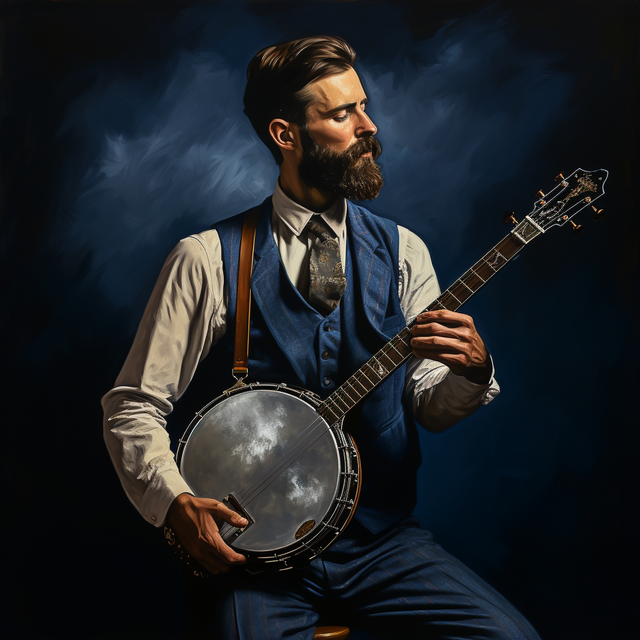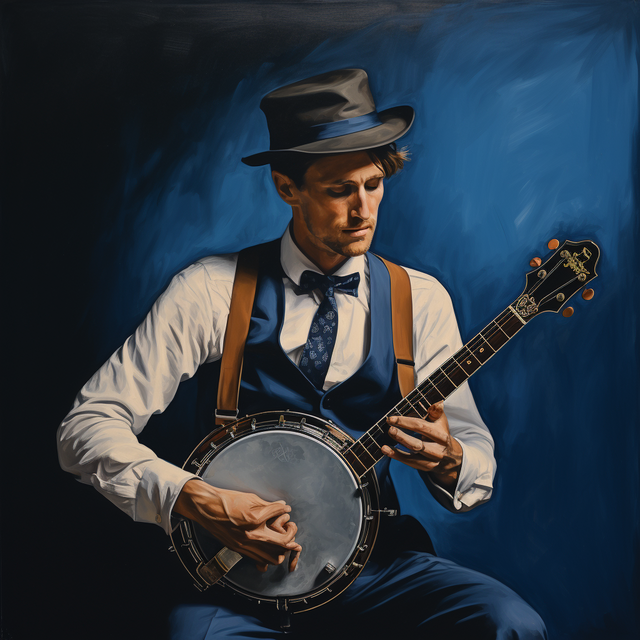Jingle Bells Banjo Tabs
Traditional
Jingle Bells Banjo Tablature: One Song, Many Styles
Recomended level: Intermediate
"Jingle Bells" is one of the world's best-known and most commonly sung American songs. A statue at 19 High Street in the middle of Medford Square in Medford, Massachusetts, commemorates the "Jingle Bells" birthplace, saying that Pierpont wrote the song there in 1850. At what was then the Simpson Tavern. Mrs Otis Waterman, one of Pierpoint's relatives, identified the song as a "Merry little jingle" written in 1859 under the updated title of "Jingle Bells or the One Horse Open Sleigh." And this became part of its new name. At parties, "Jingle Bells" was often used as a drinking song: people would jingle the ice as they sang in their glasses. The double meaning of "Upsot" was thought to be humorous, and a sleigh ride gave an unescorted couple a rare opportunity to be together, unchaperoned, in distant woods or fields, with all the opportunities offered by the music historian James Fuld notes that "The word jingle in the title and opening phrase is apparently an imperative verb." "Jingle bells" are commonly referred to as a type of whistle.
Learn how to play Jingle Bells on Banjo with this selection of tablatures:
-
 Learn
LearnBasic Melody
- Difficulty
- Key G
- Tempo 80 bpm
- Tuning gDGBD
Sonny Osborne has said it's how everyone should start learning banjo. Don't learn rolls at first learn how to play melodies. If all you are hearing is rolls and no tune, you're in tr...
-

-
